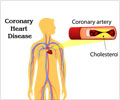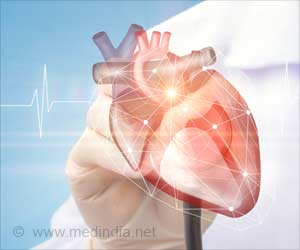A potential therapeutic target that could help reduce muscle damage caused by heart attacks has been discovered by an international team of researchers.
A potential therapeutic target that could help reduce muscle damage caused by heart attacks has been discovered by an international team of researchers.
They have explained how a "chemical chaperone" does its job in the body.The new class of drugs would work by restoring the activity of a mutated enzyme, rather than taking the more common approach of blocking the actions of a disease-related protein.
Lead researchers Dr Thomas Hurley, from Indiana University, and Dr Daria Mochly-Rosen, from Stanford University discovered a compound called Alda-1, which acts much like a shim to prop up a mutated form of a key enzyme, restoring the enzyme's function.
The enzyme, called ALDH2, plays an important role in metabolizing alcohol and other toxins, including those created by a lack of oxygen in the wake of a heart attack.
It also is involved in the metabolism of nitroglycerin, which is used to prevent chest pain (angina) caused by restricted blood flow and oxygen to the heart.
Alda-1 activates the ALDH2 enzyme in a process that the researchers liken to a woodworking procedure in which Alda-1 attaches to the ALDH2 enzyme at a crucial spot and acts like a shim or wedge to prop it up.
Advertisement
He said determining how the Alda-1 compound works will enable the researchers to begin working on alternative compounds that hold more promise as potential drugs.
Advertisement
The study appears in Nature Structural Biology.
Source-ANI
RAS















